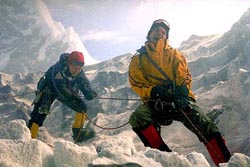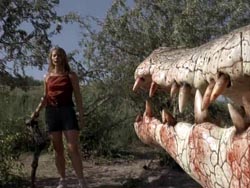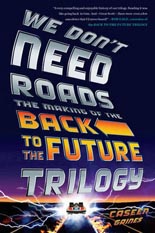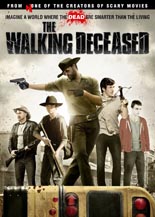
 Indie zomcom The Walking Deceased has a couple of things working in its favor: Writer and star Tim Ogletree (Supernatural Activity) nails the neurotic delivery of Jesse Eisenberg, while A Haunted House resident Dave Sheridan, here spoofing the sheriff protagonist of TV’s The Walking Dead, channels Andrew Lincoln’s drawl-call of “Carrrrrlllll!” so well, it makes up for the forced visual intimacy of the man’s taint.
Indie zomcom The Walking Deceased has a couple of things working in its favor: Writer and star Tim Ogletree (Supernatural Activity) nails the neurotic delivery of Jesse Eisenberg, while A Haunted House resident Dave Sheridan, here spoofing the sheriff protagonist of TV’s The Walking Dead, channels Andrew Lincoln’s drawl-call of “Carrrrrlllll!” so well, it makes up for the forced visual intimacy of the man’s taint.
But two rights doth not a movie make. As a comedy, Deceased comes perilously close to being just that. Only every 20th joke making some kind of landing keeps the toe tag from being knotted. As a spoof movie, it’s awfully grim in tone, which sticks out all the more since the gags fail to fly at a rat-a-tat-tat pace. In their day, Airplane! pilots Zucker/Abrahams/Zucker would know how to wring laughs from an apocalypse without the result feeling dreary itself. So where’s the levity? An extended sequence of the cast cutting loose with bong hits doesn’t cut it — not here, not ever.
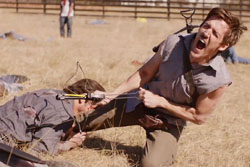 As if you didn’t surmise already, first-time director Scott Dow’s The Walking Deceased is a parody of zombie films, by way of television’s enormously popular The Walking Dead as the primary template. Dow and Ogletree have added characters who allow them to crib from Zombieland and Warm Bodies (both essentially comedies at rotting-face value), but strangely lets the mammoth target World War Z off the hook, despite that blockbuster outgrossing both those source titles combined … and then tens of millions beyond that. Smidgens of Dawn of the Dead and Shaun of the Dead make their way into a scene or two without positive impact.
As if you didn’t surmise already, first-time director Scott Dow’s The Walking Deceased is a parody of zombie films, by way of television’s enormously popular The Walking Dead as the primary template. Dow and Ogletree have added characters who allow them to crib from Zombieland and Warm Bodies (both essentially comedies at rotting-face value), but strangely lets the mammoth target World War Z off the hook, despite that blockbuster outgrossing both those source titles combined … and then tens of millions beyond that. Smidgens of Dawn of the Dead and Shaun of the Dead make their way into a scene or two without positive impact.
In The Walking Deceased, the event of mass extinction already has occurred, and the main story kicks off 29 days later. Get it? Do or don’t, that throwaway wink is indicative of the low level at which the flick strives to operate, and is too content to stay. —Rod Lott

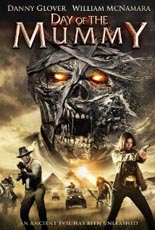
 With
With 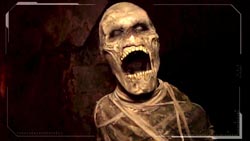
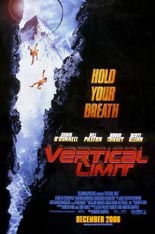
 Chris O’Donnell’s acting abilities have been in question ever since he transitioned from supporting parts to leading man, and his hot streak effectively ended — as did many — with 1995’s
Chris O’Donnell’s acting abilities have been in question ever since he transitioned from supporting parts to leading man, and his hot streak effectively ended — as did many — with 1995’s 